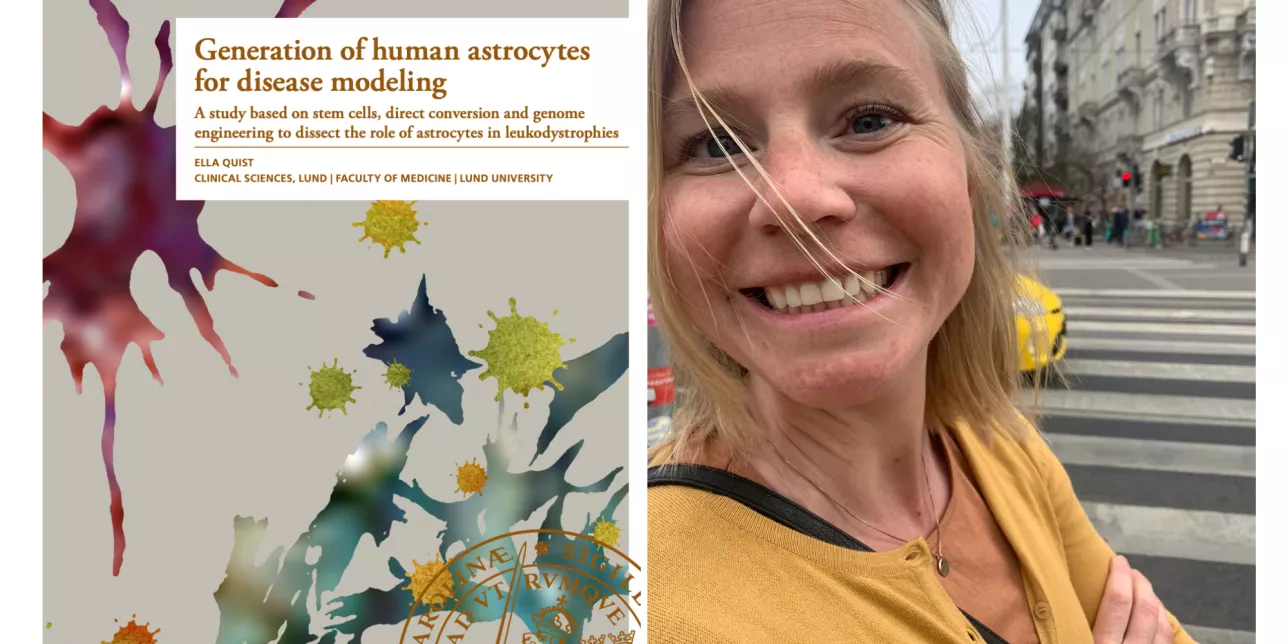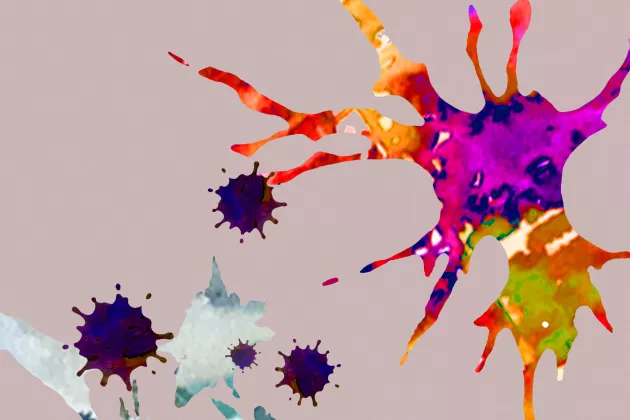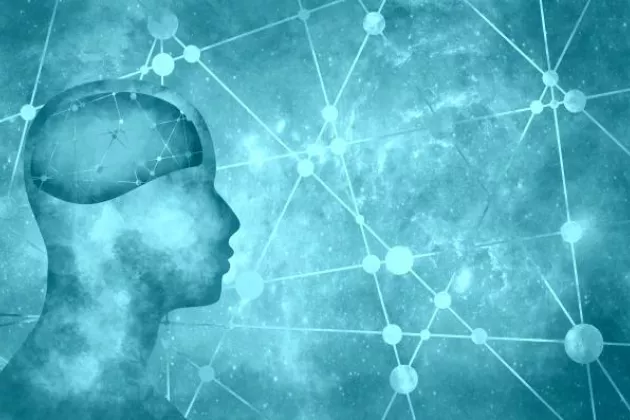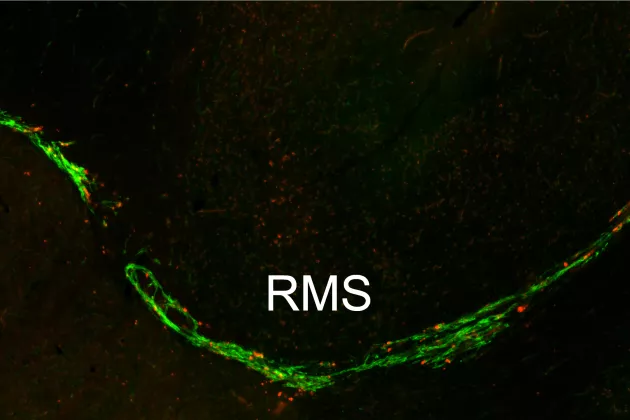What have your Ph.D. studies focused on?
“My Ph.D. studies have focused on developing ways to generate human astrocytes from pluripotent stem cells and fibroblasts for modeling diseases affecting the human brain. It is very difficult to develop therapeutics for central nervous system disorders owing to several challenges in studying the human brain due to its exceptionally high complexity that is not present in other animal species, and inaccessibility to tissue samples from patients and healthy individuals. Instead, by developing models in the dish with high biological relevance and predictive value for the human brain, we can accelerate our knowledge about what occurs during diseases affecting humans.
We focused on one of the main cell types found in our brains, the astrocyte, which over the last decade has emerged as an important contributor to a wide range of neurological diseases. In my thesis, we more specifically focused on a group of disorders called leukodystrophies - a group of rare, genetic disorders that affect the white matter of the brain - in which some have clear indications that malfunctioning astrocytes are the primary cause.
Astrocytes are one of the major cell types in the central nervous system and are indispensable for brain development and function. Although, there is still an incomplete understanding of how the teamwork between astrocytes, neurons, and other cells in the brain is carried out and what consequences occur when astrocytes stop working properly. Research on the various cell types in the brain, such as astrocytes, has been hindered by difficulties in obtaining the actual cells to study. There is extremely limited access to brain tissue for research purposes, both from healthy individuals as well as from patients with brain disease. With advancements in stem cell technology, the possibility to generate astrocytes from human stem cells emerged. However, these methods are complex and time-consuming. This is where our research came in.
By using a new approach, we developed a rapid and efficient method to generate functional and mature astrocytes from human pluripotent stem cells through overexpression of certain transcription factors that control the development of astrocytes. Effectively reducing the time to generate mature astrocytes from months to weeks. By combining our method with CRISPR/Cas9 genome editing we also found that our method is feasible for disease modeling of leukodystrophies such as Alexander disease and Megalencephalic leukoencephalopathy with subcortical cysts.
In addition to this, we also developed an efficient method to directly convert human fibroblasts, or skin cells, obtained from the entire human lifespan to astrocytes. At the same time, we provided proof of principle that our direct conversion method can be used for disease modeling by directly converting Alexander disease patient fibroblasts to astrocytes. We also, for the first time, showed a co-culture system of astrocytes and neurons obtained through direct conversion of the same starting fibroblast populations.
The new methods to produce astrocytes in the laboratory that we have developed in this thesis allow for the rapid production of human astrocytes of high quality. Our methods have the potential to reveal new insight into what happens when astrocytes stop working properly and how this contributes to brain disease,” explained Ella.
Can you tell us more about the cover of your thesis?
“The cover is an artistic interpretation of the direct conversion of fibroblasts to astrocytes. The fibroblasts are encountering lentiviral particles carrying gliogenic transcription factors and through gradual morphological and phenotypic changes convert to functional astrocytes with a stellate morphology. The astrocyte in the cover is based on an immunocytochemical image of one of the cells obtained through our method. The cover was done by Cathrine Ahlenius,” noted Ella.
How did you end up doing a Ph.D. at Lund Stem Cell Center?
“I did my master’s thesis within the frame of the Ph.D. Preparatory Program in Stem Cell Biology arranged by the Research School in Stem Cell Biology at Lund Stem Cell Center. There I did a research project in Henrik Ahlenius’ lab about the direct conversion of human fibroblasts to astrocytes, which was the start of what later became my main Ph.D. project. When my master’s thesis was coming to an end, we started to apply for funding for me to do a Ph.D. in Henrik’s lab meanwhile I could continue working on this project through a summer scholarship from the Faculty of Medicine and a research preparatory course,” revealed Ella.
What have you found the most enjoyable during your Ph.D. studies?
“I find it very rewarding to continuously grow and learn new things. My Ph.D. studies have challenged and pushed me to both develop scientific and reasoning skills, as well as personal growth. Although the process of learning might not immediately give a spark of energy, in hindsight this is what I am most happy about,” reflected Ella.
What has been the most challenging aspect?
“To finish within four years. There will always be more things that would be interesting to investigate and dig deeper into, but the truth is that four years pass by very quickly when you are doing experimental research,” replied Ella.
What are your plans following your Ph.D. defense?
“I will continue to be on part-time parental leave with my 7-month-old son and in February be back on site at AstraZeneca in Göteborg to resume my employment as a researcher in the Cell Engineering team in Discovery Biology,” clarified Ella.
Any tips or advice for future Ph.D. students?
“Enjoy these few years of your life! Remind yourself often of why you decided to enroll in Ph.D. studies, especially during tough periods. Also, remember that you can still be dedicated to your research without spending evenings and weekends working on your projects and that more hours spent on your studies might not correlate with how well you experience your Ph.D. Also, write project plans, these will help you to not lose focus, at least this helped me, and I started to work more efficiently and prioritize better once I started to dedicate time to do proper planning,” concluded Ella.





